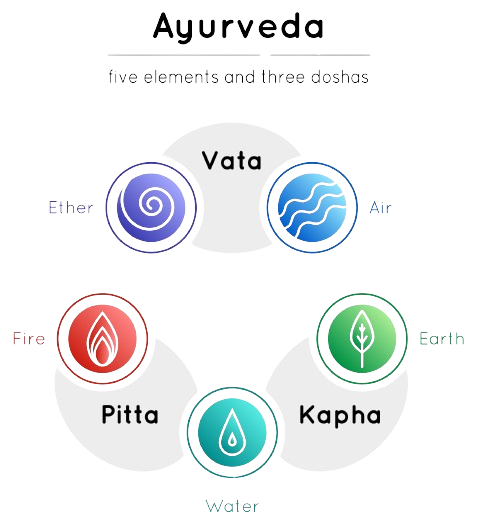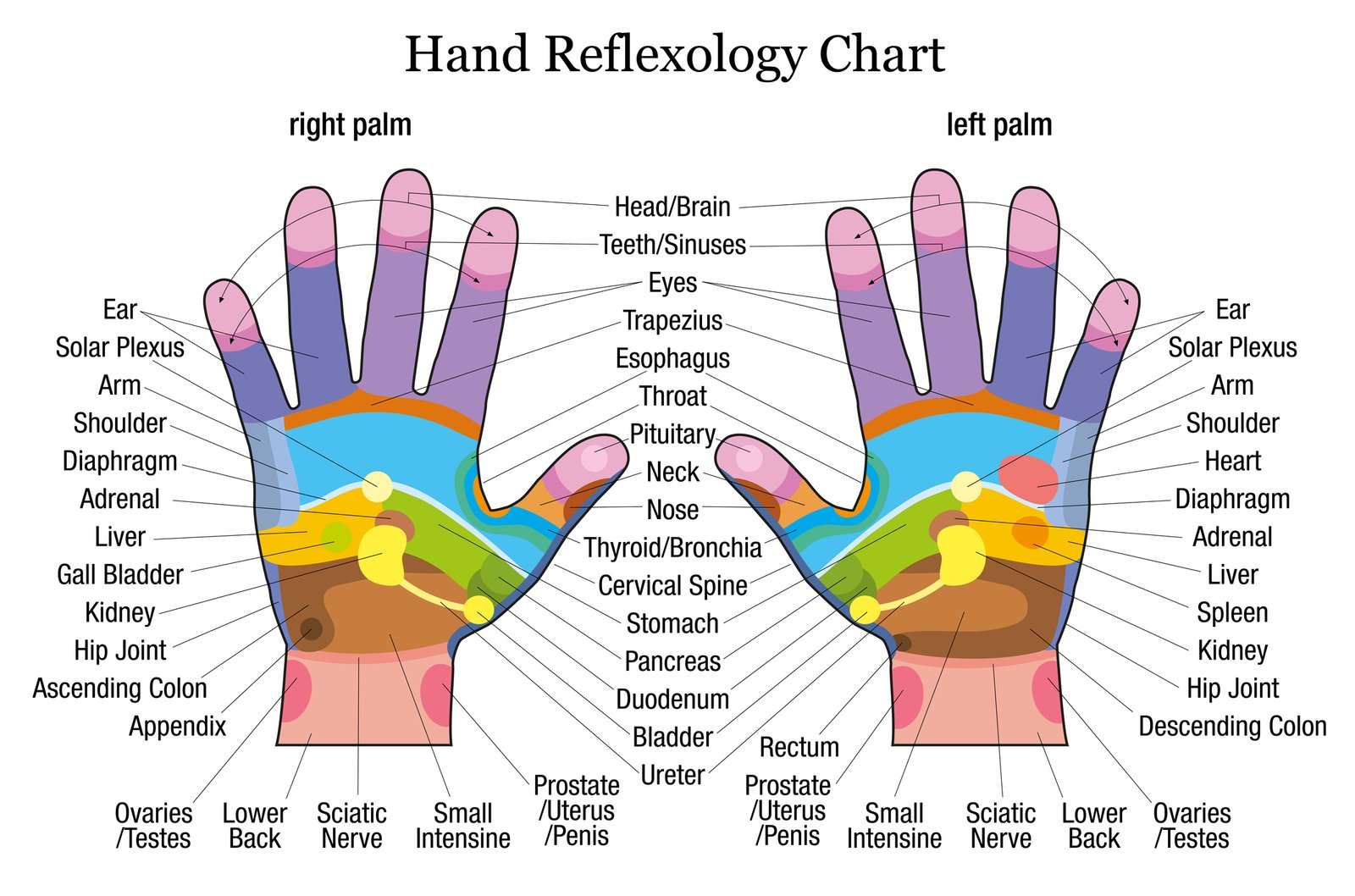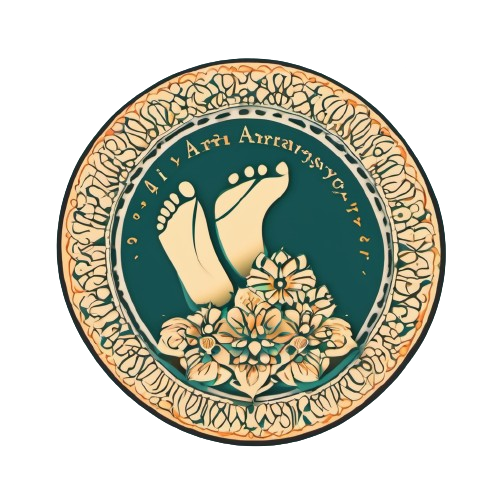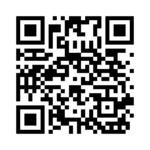Learn
Welcome
A Few Words about Health
समदोषः समाग्निश्च समधातुमलग्नियाः ।
प्रसन्नात्मेन्द्रियमनः स्वस्थ इत्यग्निधीयते ॥
– २५-५१, सूत्रस्थानम्, सुश्रुतसंग्नहत
samadoṣaḥ samāgniśca samadhātumalagniyāḥ |
prasannātmendriyamanaḥ svastha ityagnidhīyate ||
– 25-51, sūtrasthānam, suśrutasaṃgnahatā
This quote was given by Sushruta in the Sushruta Samhita, one of the founding texts of Ayurveda that is dated by scholars to being written as early as 600 BCE. It roughly translates to “They are equally faulty and equally fireless and equally metallic. A satisfied self, senses, and mind are considered to be in good health.”
Quite similar to this, even the World Health Organisation defines health as “A state of complete physical, mental, and social well-being and not merely the absence of disease or infirmity.”
Tridosha
Understanding Tridosha

Saptu Dhatu
Ayurveda and the Seven Dhatus

| Dhatu | Comparison | Nourishment From | Function | Influencing Dosha |
|---|---|---|---|---|
| Rasa Dhatu | Plasma | Essence of food | Preenana – Nourishment | Kapha |
| Rakta Dhatu | Blood | Rasa Dhatu | Jeevana – Enlivening | Pitta |
| Mamsa Dhatu | Muscle | Rakta Dhatu | Lepana – Supporting Bones | Kapha |
| Meda Dhatu | Fat Tissue | Mamsa Dhatu | Snehana – Oiling, Lubricating | Kapha |
| Asthi Dhatu | Bone Tissue | Meda Dhatu | Dharana – Stabilizing, Holding | Vata (Inversely Proportional) |
| Majja Dhatu | Bone Marrow | Asthi Dhatu | Poorana – Filling in Bone Cavities | Kapha |
| Shukra Dhatu | Reproductive System | Majja Dhatu | Garbhotpadana – Reproduction | Kapha |
Pressure
Acupressure and Reflexology

The chart above details the pressure points present in everyone’s hands and what part of the body it connects to and stimulates.

The chart above details the pressure points present in everyone’s feet and what part of the body it connects to and stimulates.

